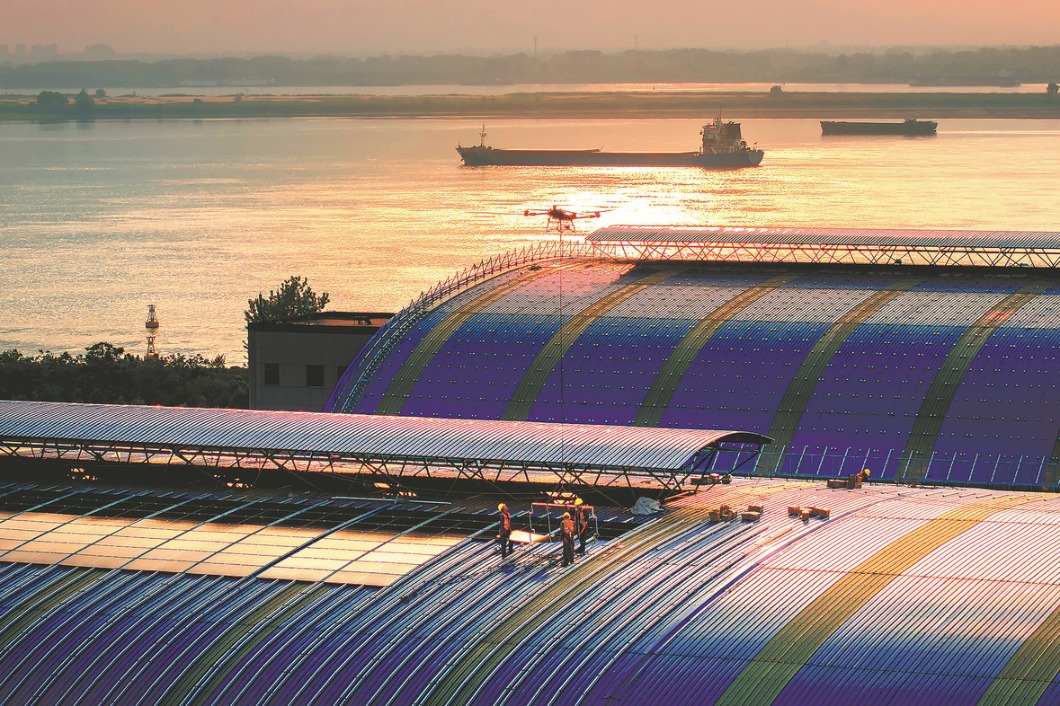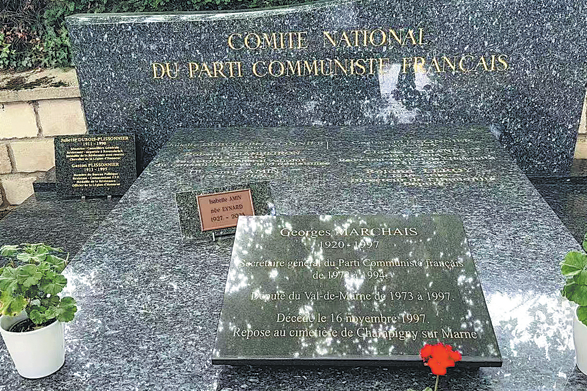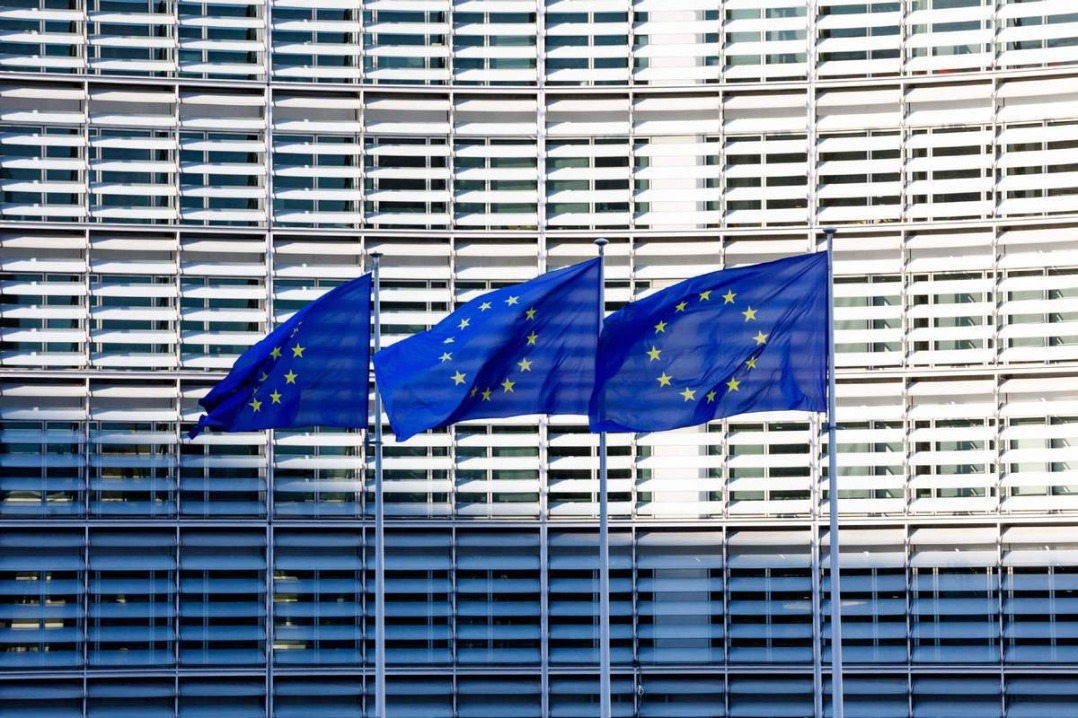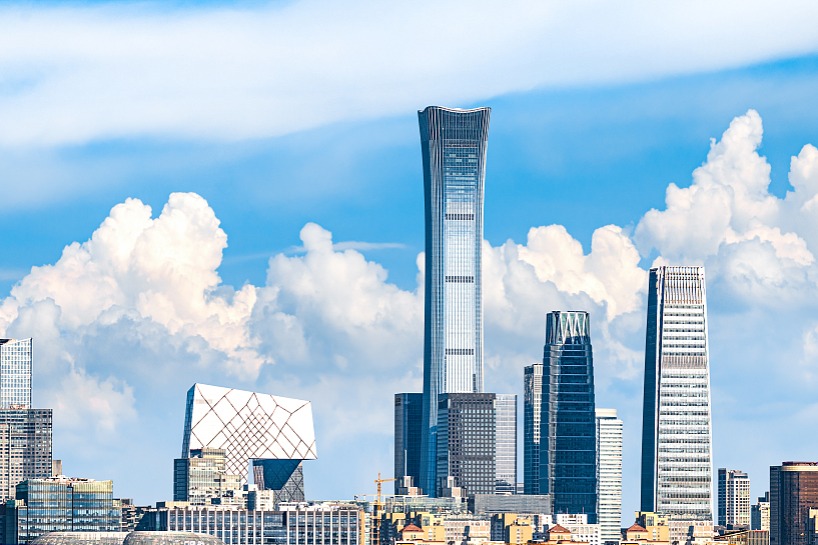Private capital limits speed of American trains


Despite the opening of a line connecting Miami with Orlando, both in Florida, on Sept 22, it's debatable whether one can say the United States has its first high-speed railway line, given that its speed is only 200 kilometers per hour, lower than the standard of 250 km/h set by the International Union of Railways.
The new line is even slower than the Acela Express that links Washington with Boston. More importantly, the so-called high-speed train takes three hours to go from Miami to Orlando, a journey that a car can cover in three and a half hours. For the half hour that is gained, a passenger has to pay $189 for a first-class seat. It took 13 years — a period that saw the US presidency moving from the Democrats to the Republicans and then back to the Democrats again — to build this line that saves neither time nor money.
The main reason why this project took so long is because it did not get enough funding. It was not until they introduced a private railway company, Brightline, in 2018 that the project gained steam. However, private capital primarily pursues profit, so they could not have made the trains run too fast by keeping the costs low.
The relatively high ticket prices might limit tourist flow, forming a vicious circle that makes it more difficult for the investors to get their money back, discouraging more capital from investing. It took 13 years for the first of former president Barack Obama's 13 railway lines to become a reality and no one knows how much longer it will take for all the projects to be completed.
That's a major problem in the US. Without ample funding support, the US is lagging behind emerging economies in infrastructure construction. When private capital enters, the price is usually too high for the public to bear and the return rate might not be promising enough. So far there is no solution in sight either.


































